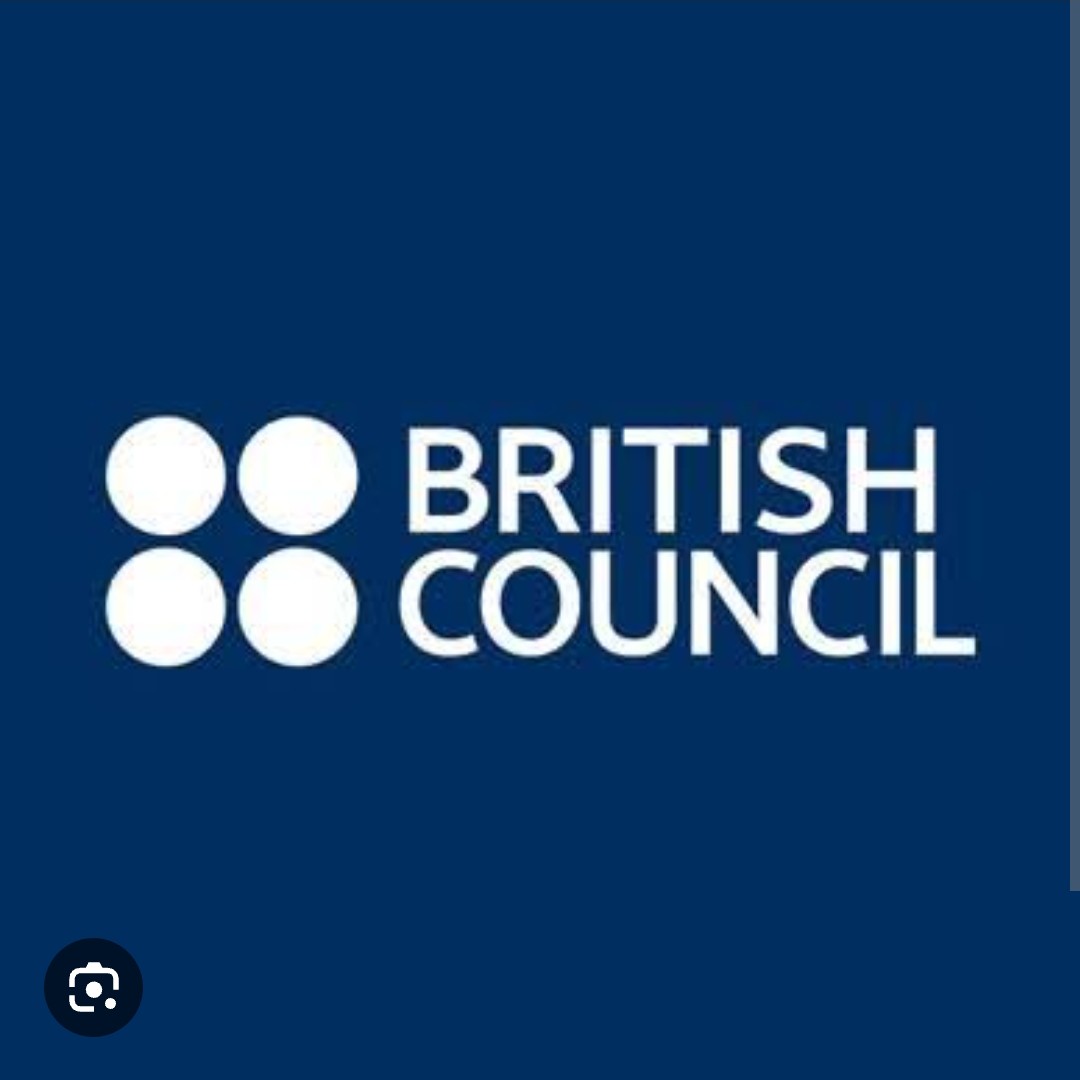Preparing for a new school session is a critical task for educators, setting the foundation for a successful and productive year. As teachers embark on this journey, they face the challenge of not only refreshing their curriculum but also creating a learning environment that inspires and engages students. The initial steps taken before the academic year commences can significantly impact the classroom dynamics and student outcomes. Therefore, thorough preparation is essential to address the diverse needs of students and ensure a smooth transition into the new session.
One of the key aspects of preparation involves organizing the classroom and planning the curriculum. Teachers must review the educational standards and update their lesson plans to reflect any changes. This process also includes setting clear goals for the year, both for the class as a whole and for individual students. An effective teacher will integrate a variety of teaching methods and resources, including technology, to create interactive and engaging lessons that cater to different learning styles. Additionally, establishing a positive classroom environment through clear rules, routines, and an inclusive atmosphere is fundamental for fostering a conducive learning space.
Equally important is the aspect of professional and personal readiness. Teachers should take advantage of professional development opportunities to enhance their skills and stay abreast of educational trends. Building strong communication channels with parents and guardians is also crucial for supporting student success. Furthermore, self-care is an often overlooked yet vital component of preparation. Ensuring a balanced approach to work and personal life helps teachers maintain their well-being, which in turn enables them to be more effective educators.
Preparing for a new school session can be crucial for setting the tone for a productive year. Here are some tips for teachers to get ready:
1. Review Curriculum and Standards:
– Familiarize yourself with the curriculum and educational standards for your grade or subject.
– Update lesson plans to align with any new guidelines or changes in the curriculum.
2. Set Clear Goals:
– Establish specific, measurable, achievable, relevant, and time-bound (SMART) goals for the academic year.
– Identify key learning outcomes you want your students to achieve.
3. Organize Your Classroom:
– Arrange your classroom to create an engaging and efficient learning environment.
– Ensure that materials, supplies, and resources are readily accessible.
4. Plan a Flexible Schedule:
– Draft a schedule that allows for flexibility to accommodate unexpected changes or events.
– Incorporate a variety of teaching methods to cater to different learning styles.
5. Create a Positive Learning Environment:
– Develop a classroom management plan that includes rules, routines, and consequences.
– Foster a welcoming and inclusive atmosphere where students feel safe and respected.
6. Prepare Engaging Lessons:
– Design lessons that are interactive, relevant, and engaging.
– Integrate technology and multimedia resources to enhance learning experiences.
7. Know Your Students:
– Review student records to understand their academic history, strengths, and areas for improvement.
– Plan activities to build relationships and understand individual student needs.
8. Professional Development:
– Attend workshops, seminars, or online courses to enhance your teaching skills and stay updated with educational trends.
– Collaborate with colleagues to share best practices and resources.
9. Communication Plan:
– Establish clear communication channels with parents and guardians.
– Plan regular updates and meetings to keep them informed about their child’s progress.
10. Self-Care:
– Take time to rest and rejuvenate before the school year begins.
– Develop a work-life balance plan to maintain your well-being throughout the year.
These steps can help ensure that teachers are well-prepared and confident to start the new session effectively.











